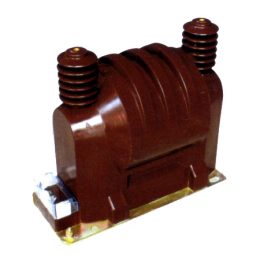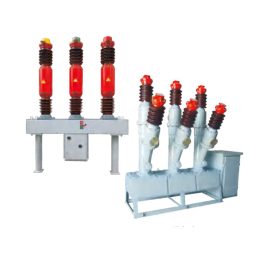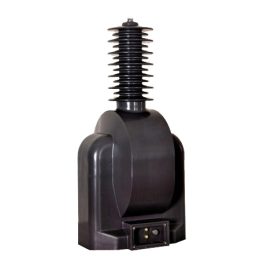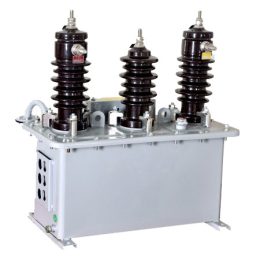Instrument Transformer Fault Handling: A Technical Guide
2025-02-23
Fault Confirmation and Initial Diagnosis
- Use precision testing instruments (e.g., digital multimeter, clamp meter) to measure output current, error, and temperature rise to confirm the fault. Check for short circuits or open circuits, particularly in both high and low voltage sides.
- Test the voltage output against the rated values to identify potential issues such as overloading, wiring faults, or internal failures, including voltage ratio errors.

Visual Inspection and Physical Damage Check
- Perform a thorough visual inspection, focusing on the instrument transformer housing, terminals, wiring, and seals for any physical damage such as cracks, burns, or deformations. Pay special attention to the terminal connections for any signs of looseness or oxidation.
- Check the terminal connectors for any signs of arcing or heat damage. If significant damage is observed, immediate replacement or repairs are necessary.
Insulation Testing and Breakdown Detection
- Conduct high-voltage insulation resistance tests, ensuring the instrument transformer’s insulation system complies with industry standards. Typically, the insulation should withstand at least double the rated voltage, with a recommended withstand voltage of 2.5kV or higher.
- Inspect for signs of insulation breakdown, leakage, or aging. For oil-filled transformers, ensure that the oil’s dielectric strength is within specifications and check the oil level.
Electrical Parameter Testing and Ratio Error Analysis
- Use specialized equipment (such as automatic ratio testers) to measure the instrument transformer’s voltage and current ratios, ensuring they remain within an acceptable range (typically ±0.5% error). Significant deviations may lead to inaccurate measurements or protection system malfunctions.
- Test the transient characteristics, frequency response, and stability under load conditions to verify that electrical parameters are within design specifications.
Fault Cause Analysis and Diagnosis
- Common fault causes include:
- Insulation Aging or Breakdown: Prolonged exposure to high voltage or environmental factors (e.g., humidity, temperature fluctuations) can lead to insulation material degradation, reducing dielectric strength and leading to failure.
- Design or Manufacturing Defects: Issues like inter-turn short circuits, core damage, or incorrect wiring during design or manufacturing processes may lead to failure.
- Material Issues: Corrosion or oxidation of winding materials or poor selection of conductor materials can impair electrical performance.
- Overload or Short Circuits: Exceeding the transformer’s rated current capacity or encountering a short circuit can cause electrical component damage, especially during load surges or failure of short-circuit protection.
- External Environmental Factors: Lightning strikes, power system faults, or exposure to extreme conditions can damage the transformer, especially if it is subjected to overvoltage or shock.
- Based on test results and fault observations, engineers should analyze the fault source and rule out other possible causes, such as grounding issues or problems in the power distribution system.
Component Repair or Replacement, Functional Restoration Testing
- After diagnosing the fault, determine which components need repair or replacement. For insulation issues, replace the degraded insulation materials; for electrical failures, replace faulty windings, wiring, or connectors.
- Conduct comprehensive functional tests after repair or replacement to ensure the instrument transformer’s performance is restored to its intended state. This includes testing for current output accuracy, voltage ratio stability, load characteristics, and protection responses (such as overload or short-circuit protections).
Related Products:
Documents you may also like:
- Analysis of the Impact of Current Transformer Faults on Energy Meter Accuracy
- Instrument Transformer Fault Handling: A Technical Guide
- Error Analysis and Maintenance of Current Transformers in Power Systems
- Zero-Sequence Current Transformers vs. Standard Current Transformer
- Analysis and Troubleshooting of Common Issues with Current Transformers
- Causes, and Solutions for Abnormal Heating in 10KV Current Transformers



